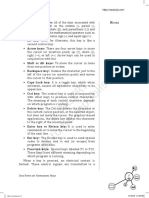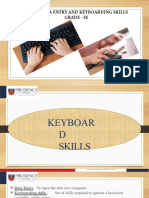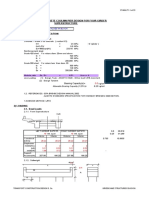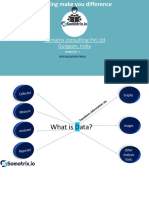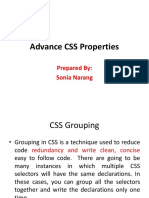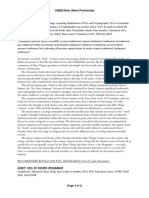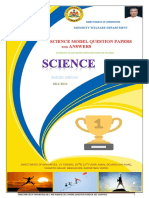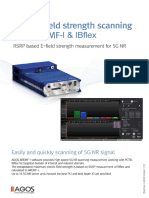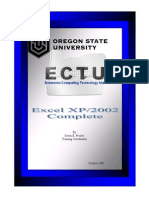0% found this document useful (0 votes)
44 views6 pagesData Entry and Keyboarding Skills
The document provides a comprehensive overview of data entry and keyboarding skills for Class 9, covering topics such as keyboard types, touch typing methods, and ergonomic practices. It explains the benefits of touch typing, the layout and function of various keys, and offers tips for effective keyboarding. Additionally, it introduces the Rapid Typing Tutor software as a tool for learning typing skills through structured exercises.
Uploaded by
Vini JainCopyright
© © All Rights Reserved
We take content rights seriously. If you suspect this is your content, claim it here.
Available Formats
Download as PDF, TXT or read online on Scribd
0% found this document useful (0 votes)
44 views6 pagesData Entry and Keyboarding Skills
The document provides a comprehensive overview of data entry and keyboarding skills for Class 9, covering topics such as keyboard types, touch typing methods, and ergonomic practices. It explains the benefits of touch typing, the layout and function of various keys, and offers tips for effective keyboarding. Additionally, it introduces the Rapid Typing Tutor software as a tool for learning typing skills through structured exercises.
Uploaded by
Vini JainCopyright
© © All Rights Reserved
We take content rights seriously. If you suspect this is your content, claim it here.
Available Formats
Download as PDF, TXT or read online on Scribd
/ 6
























